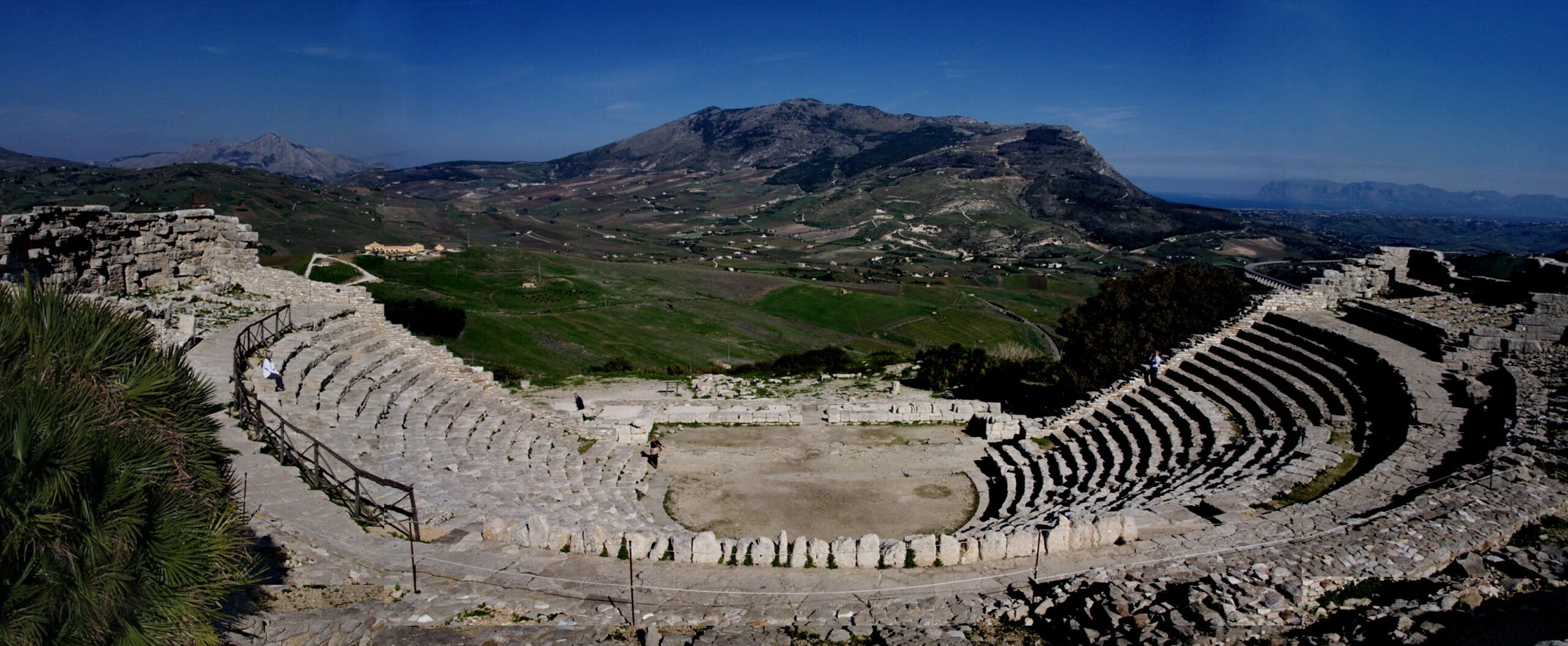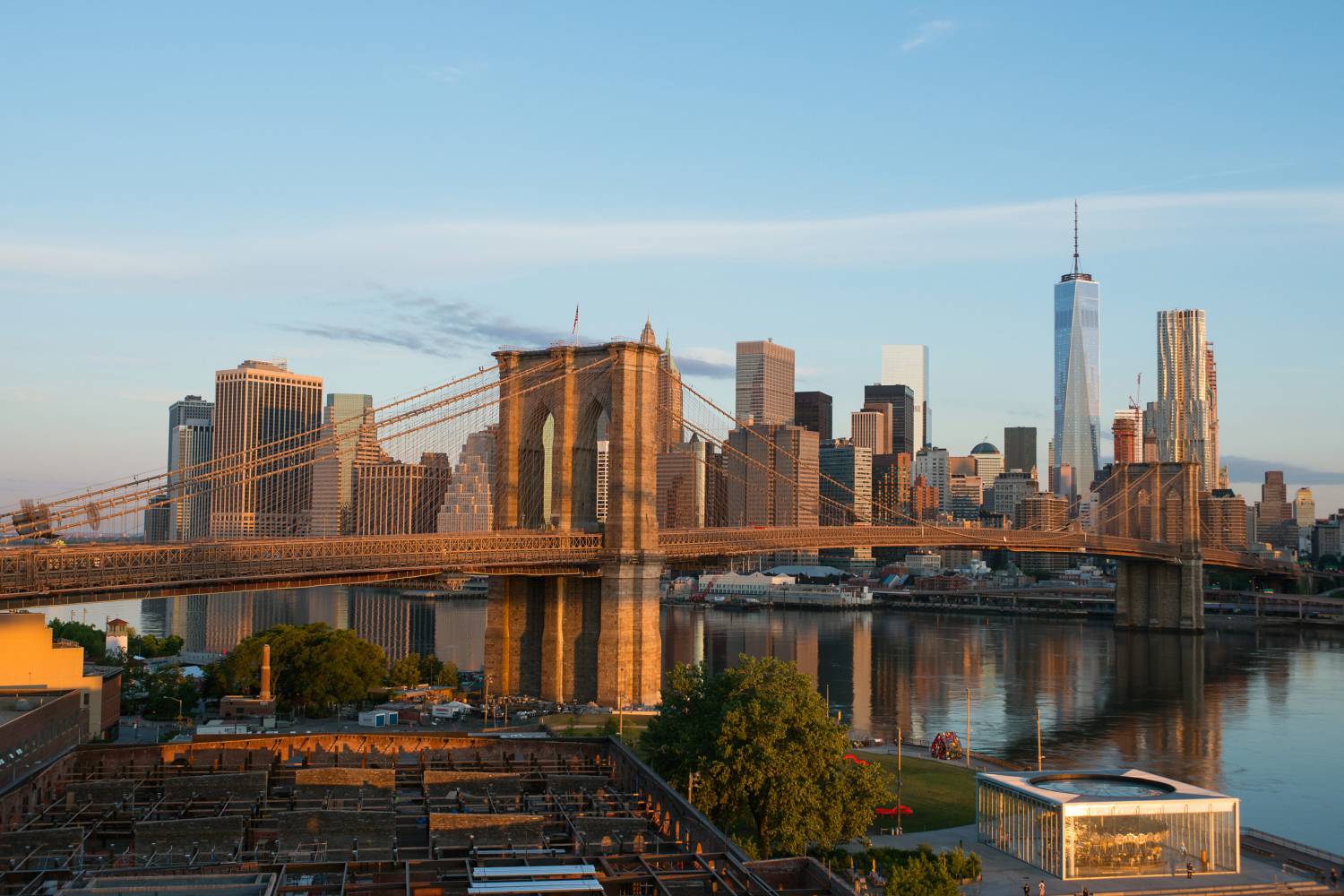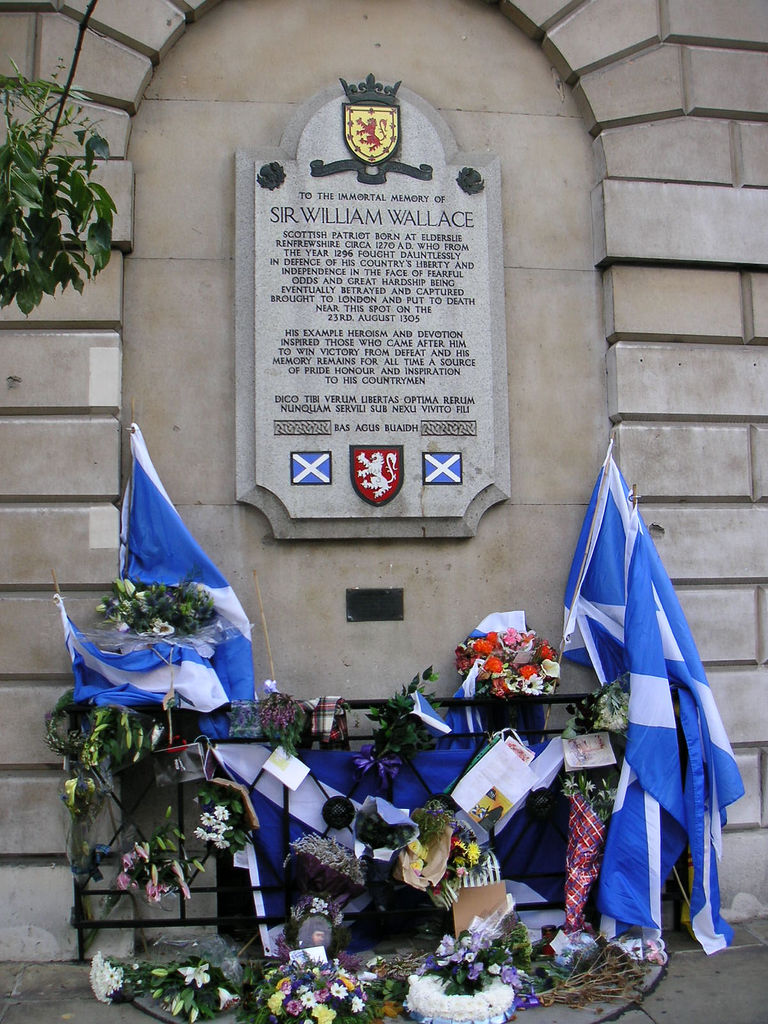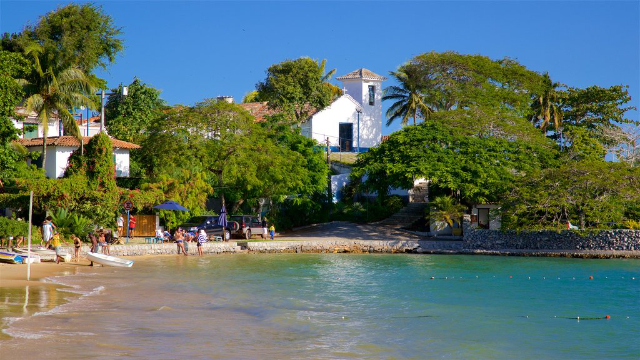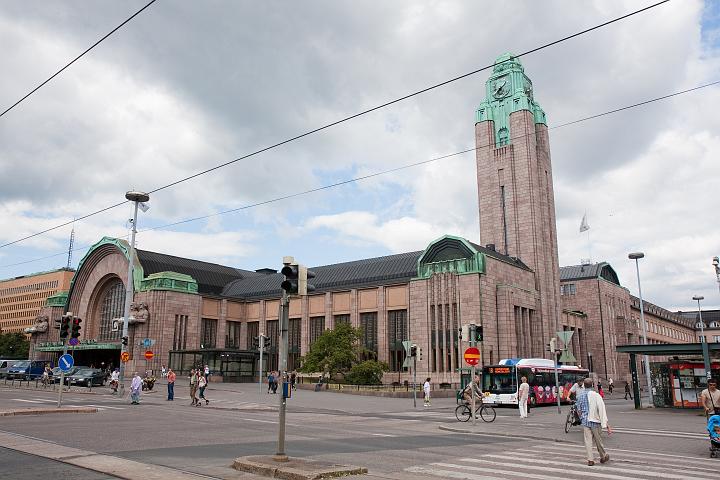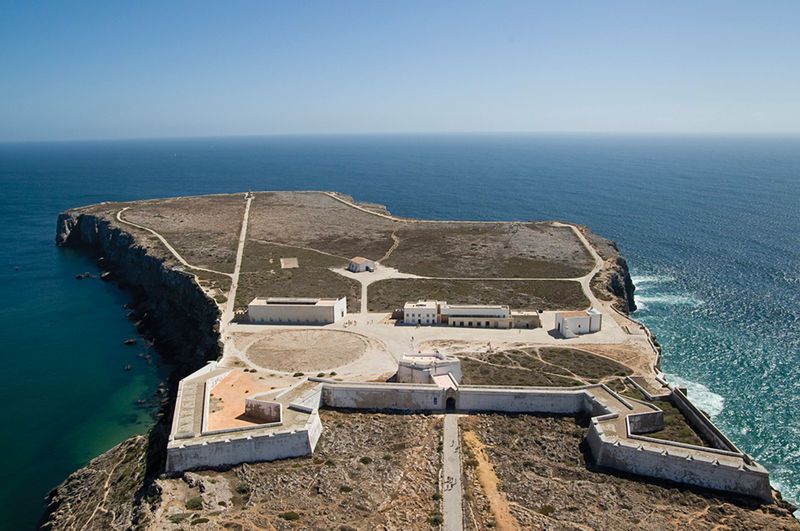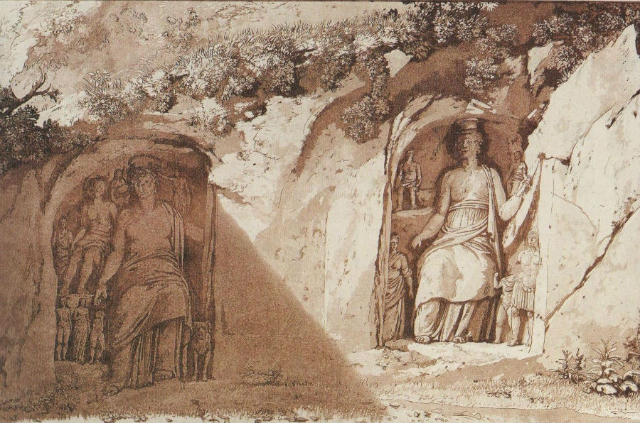At the end of the third century. a.. C., the inhabitants of Segesta built their theater on the highest peak of Mount Barbaro, in a site, behind the agora, which was already home to a place of worship many centuries before.
Oriented to the north, towards the Gulf of Castellammare, the theater of Segesta uses as a backdrop the splendid panorama of the sea and the hills as far as the eye can see.
The theater was built at the end of the third century. BC according to the dictates of Greek-Hellenistic architecture, with blocks of local limestone. It differs from the typical structure of Greek theaters because the cavea does not rest directly on the rock but was specially built and is supported by retaining walls.
It consists of two entrances, slightly staggered compared to the main axis of the building and is able to contain about 4000 people.
The cavea – The cavea is the place where the spectators sat and still sit.
That of the theater of Segesta has a diameter of 63 m and is divided in two by a central corridor, the diazoma.
There are two sections: one lower and one higher.
The first has 21 rows of seats divided by 6 ladders in 7 small wedges of varying sizes, the kerkides.
The second was equipped instead of seats with backrests. Of the steps of the summa cavea, however, remain only a few traces.
Recent research has shown the existence of a sector of steps higher up, between the two entrances, partially reused in the Muslim necropolis (first half of the twelfth century).
To the west the theater is flanked by a paved road that leads to a natural cave, where there is a sacred spring. Used during the Bronze Age, it was later incorporated into the retaining wall of the cavea.
The orchestra – Semicircular in shape, it is the place where the chorus moves. At Segesta it has a diameter of 18.4 m. The entrance is allowed through two openings, the parodoi, placed at the sides of the semicircle, orthogonally with respect to the central axis.
As in the theater of Syracuse, that of Segesta is equipped with underground corridors that were used for the passage of the actors.
The scene – Unfortunately not much remains of it: a few rows of blocks are what we can still see of a two-story building in Doric and Ionic style. Two advanced side bodies are decorated with satyrs in high relief.
Every summer, it is possible to relive the ancient magic of the theater of Segesta thanks to the representations that take place there.
